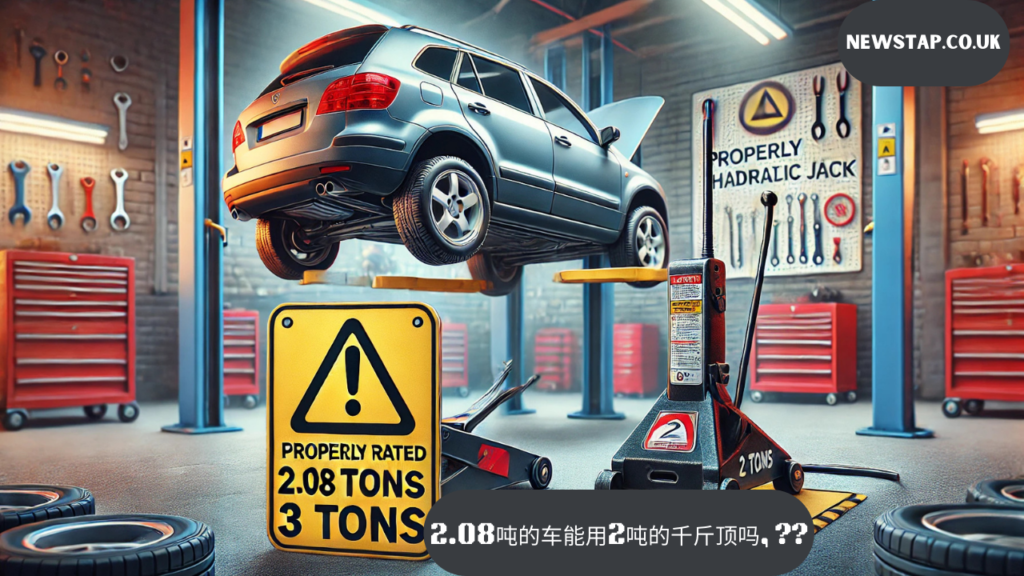When it comes to lifting a car for maintenance, repairs, or tire changes, using the right equipment is essential for safety and efficiency. The answer to this question involves understanding the basic principles of lifting capacity, the safety factors built into jacks, and the potential risks involved. This article will explore whether using a jack with a lifting capacity slightly lower than the vehicle’s weight is advisable, as well as the considerations for choosing the right lifting equipment.
1. Understanding Jack Capacities and Weight Limits
A jack’s capacity refers to the maximum weight it can safely lift without risking failure. In this case, if the car weighs 2.08 tons (4,576 pounds), the jack’s capacity is slightly below the vehicle’s weight. While the difference of 2.08吨的车能用2吨的千斤顶吗 may seem minor, it is essential to consider the implications of using equipment that is operating at or near its maximum capacity. The safety margin built into jacks ensures that they can handle unexpected conditions, such as uneven load distribution, but relying on a jack close to its limit could still pose risks.
2. The Safety Margin and Design of Jacks
When designing jacks, manufacturers typically factor in a safety margin. It’s important to understand that while using a 2-ton jack on a 2.08-ton car may be technically possible, it could lead to wear and tear on the jack and compromise its reliability over time. It’s always advisable to use equipment that has a higher lifting capacity than needed for added safety.
3. Risks of Using an Underpowered Jack

Using a jack that is 2.08吨的车能用2吨的千斤顶吗 rated This can result in the car falling unexpectedly, leading to significant damage to the vehicle or even injury to the person using the jack. Additionally, using a jack close to its limit can strain the mechanism, reducing the overall lifespan of the jack. In the worst-case scenario, the jack could break while lifting the car, causing dangerous situations.
4. Choosing the Right Jack for Your Vehicle
To ensure safety and avoid unnecessary risks, it’s important to select a jack with a weight capacity that comfortably exceeds the weight of the vehicle. For a 2.08-ton car, it is advisable to use a jack rated for at least 2.5 tons or more. This provides additional safety and reduces the strain on the jack.
5. Alternative Solutions and Considerations
If using a 2-ton jack seems questionable for a 2.08-ton vehicle, there are alternative solutions to consider. One option is to use a different type of lifting equipment, such as a hydraulic floor jack, which might offer a higher capacity and more stability. Jack stands provide additional safety and ensure that the vehicle remains secure during repairs or maintenance. Combining the right jack with proper safety equipment, such as jack stands, can minimize the risks associated with lifting a car.
Conclusion: Prioritizing Safety When Lifting a Vehicle
While a 2-ton jack might technically lift a 2.08-ton car, the risks associated with pushing the limits of the jack’s capacity should not be overlooked. For added safety and reliability, it’s always recommended to use a jack with a higher capacity than the vehicle’s weight.

